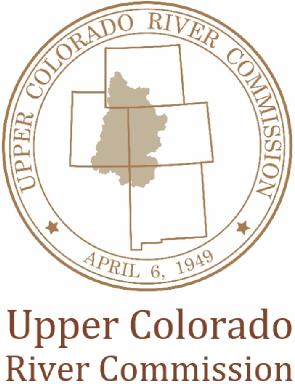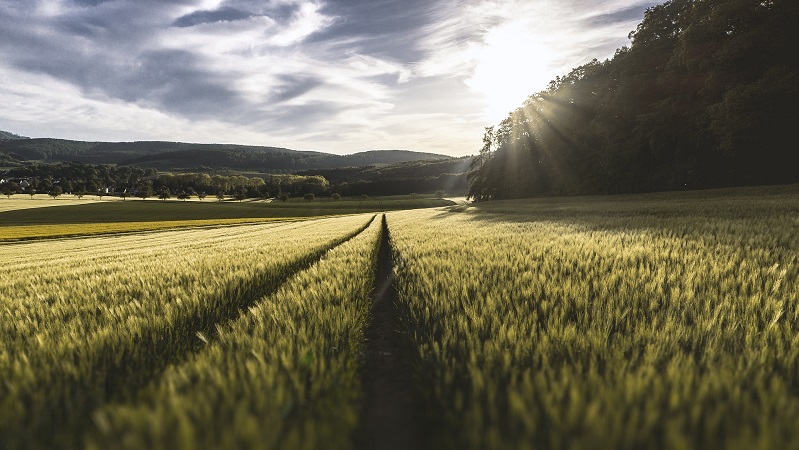At its meeting on June 14th, 2022, in Cheyenne, Wyoming, the Upper Colorado River Commission took a pivotal step by adopting a new method for estimating the consumptive water use by irrigated agriculture across the Upper Colorado River Basin. Historically, the Upper Division States (UT, CO, WY, and NM) have used multiple methods to estimate water use for irrigation, but these estimates were not consistent at an interstate scale that would be helpful to water managers and decision-makers, nor could the data be generated in a timely manner. Over the past nine years, the Upper Division States, Commission staff, and the Bureau of Reclamation worked together to study related technologies and methods that could support more accurate, reliable, and timely irrigation water use data. The study (Phases 1-3) included 1) an in-depth review of the various methods in use by the Upper Division States and Reclamation, 2) an assessment of the expansion of climate and meteorological information needed to enable the consideration of more updated methods, and 3) a detailed, ground-truthed trial of crop coefficient and remote-sensing methods. Based on considerations regarding the accuracy, consistency with the best available science, relative cost, and ability to produce timely information, the study recommended the use of the Automated Mapping Evapotranspiration at High Resolution using Internalized Calibration (eeMETRIC) method for use in the Upper Basin as well as other improvements that could further improve understanding of irrigation water use across the Upper Basin.
After consideration of the study results and recommendations, the Commissioners unanimously adopted a resolution directing the Commission, with continued support from and coordination with the Upper Division States and Reclamation, to implement the eeMETRIC method to measure agricultural consumptive water use in the Upper Basin for interstate purposes. The resolution also directs Commission staff to continue to coordinate with the Upper Division States and Reclamation on improving the quantification of other sectors of water use and adapting to the evolving science of irrigation consumptive use estimation.

